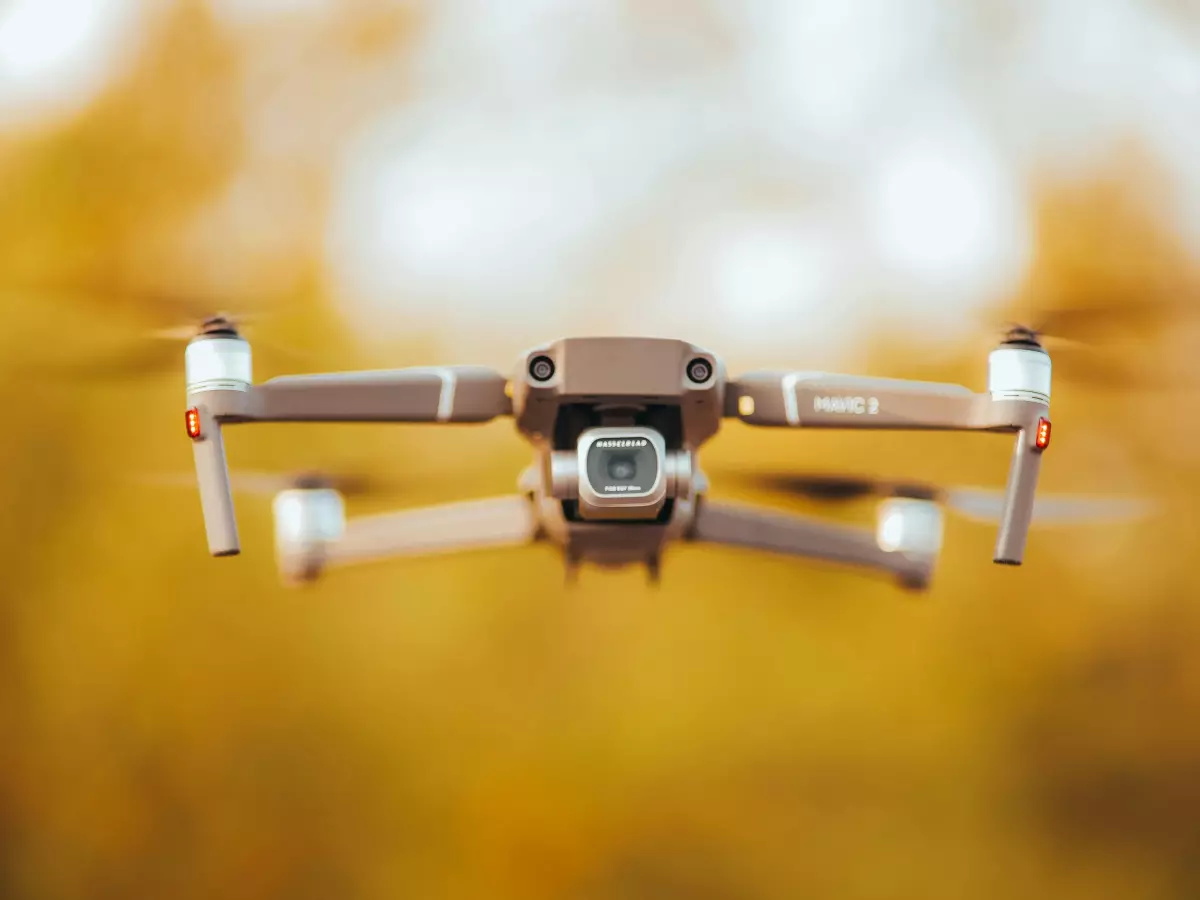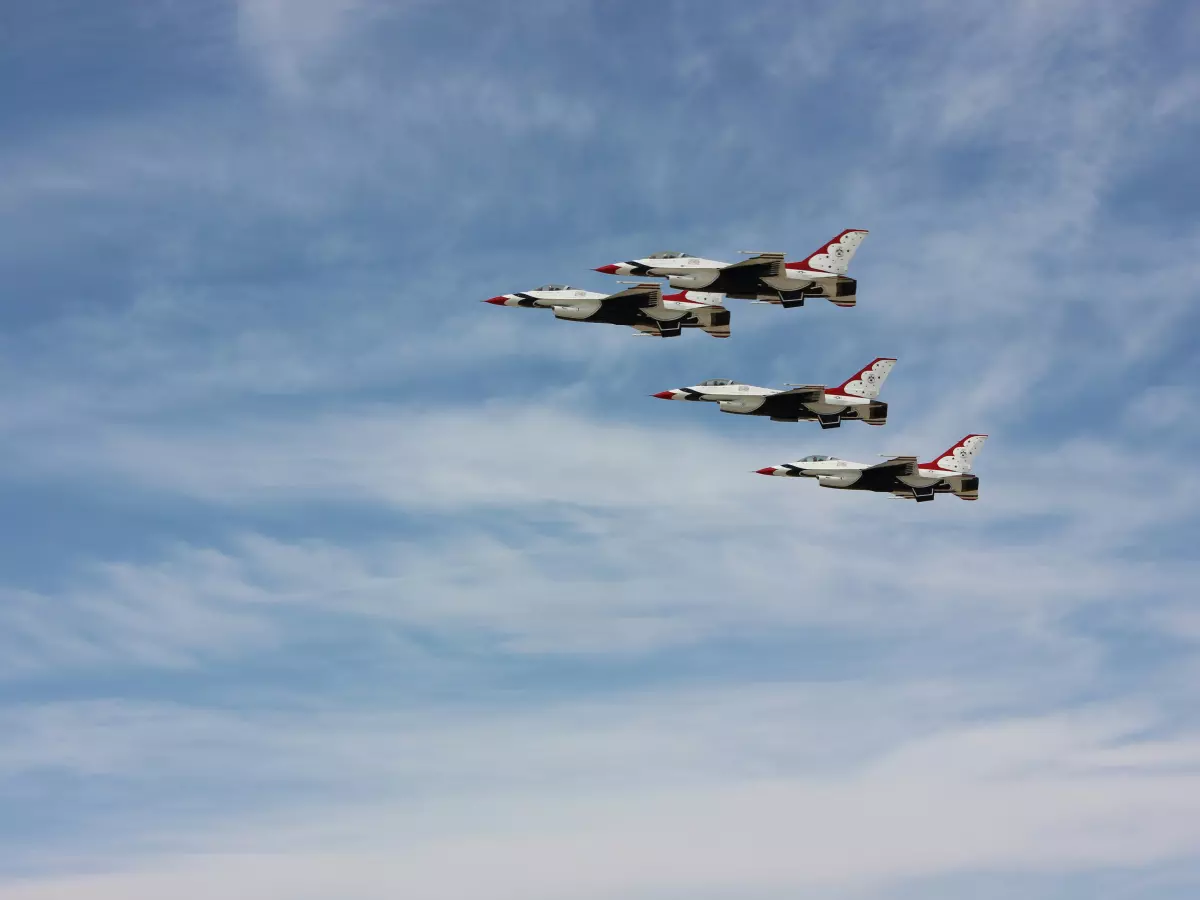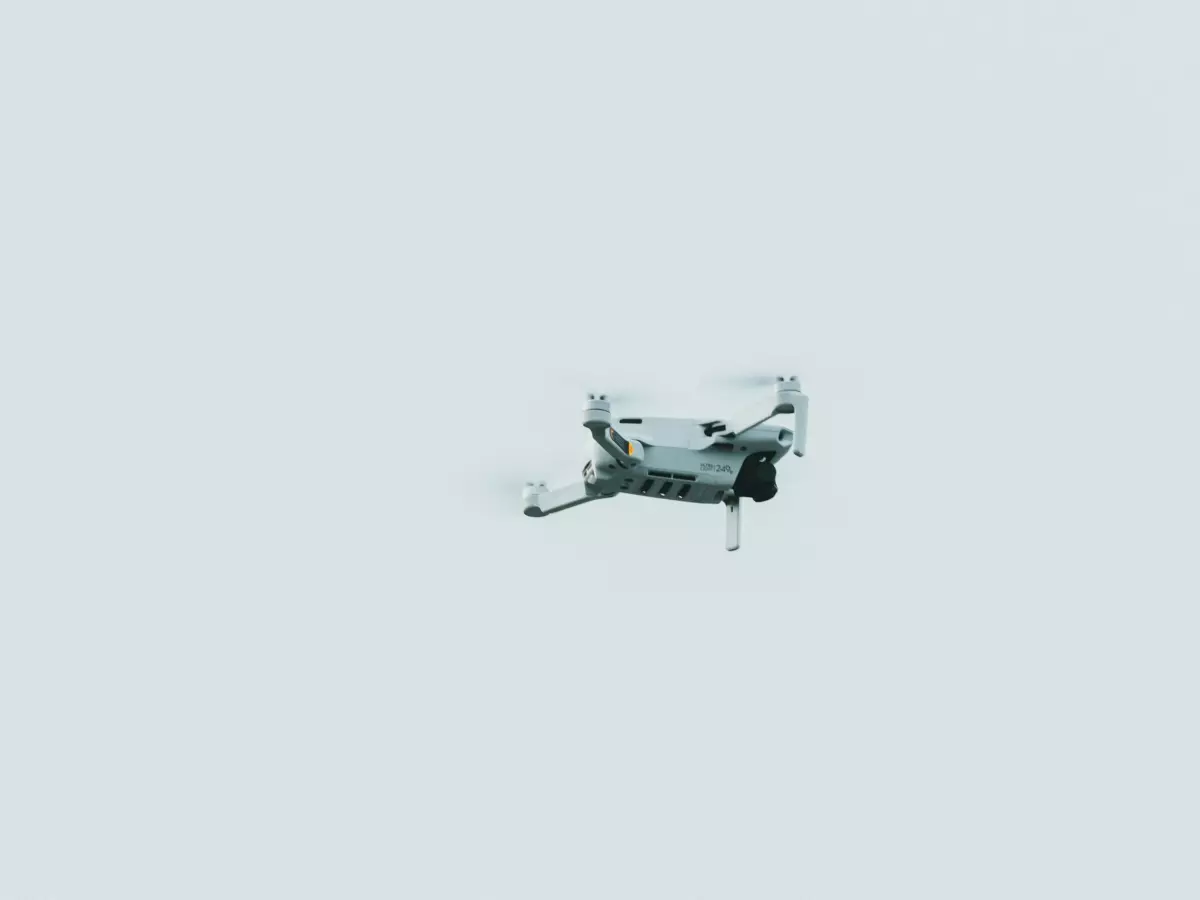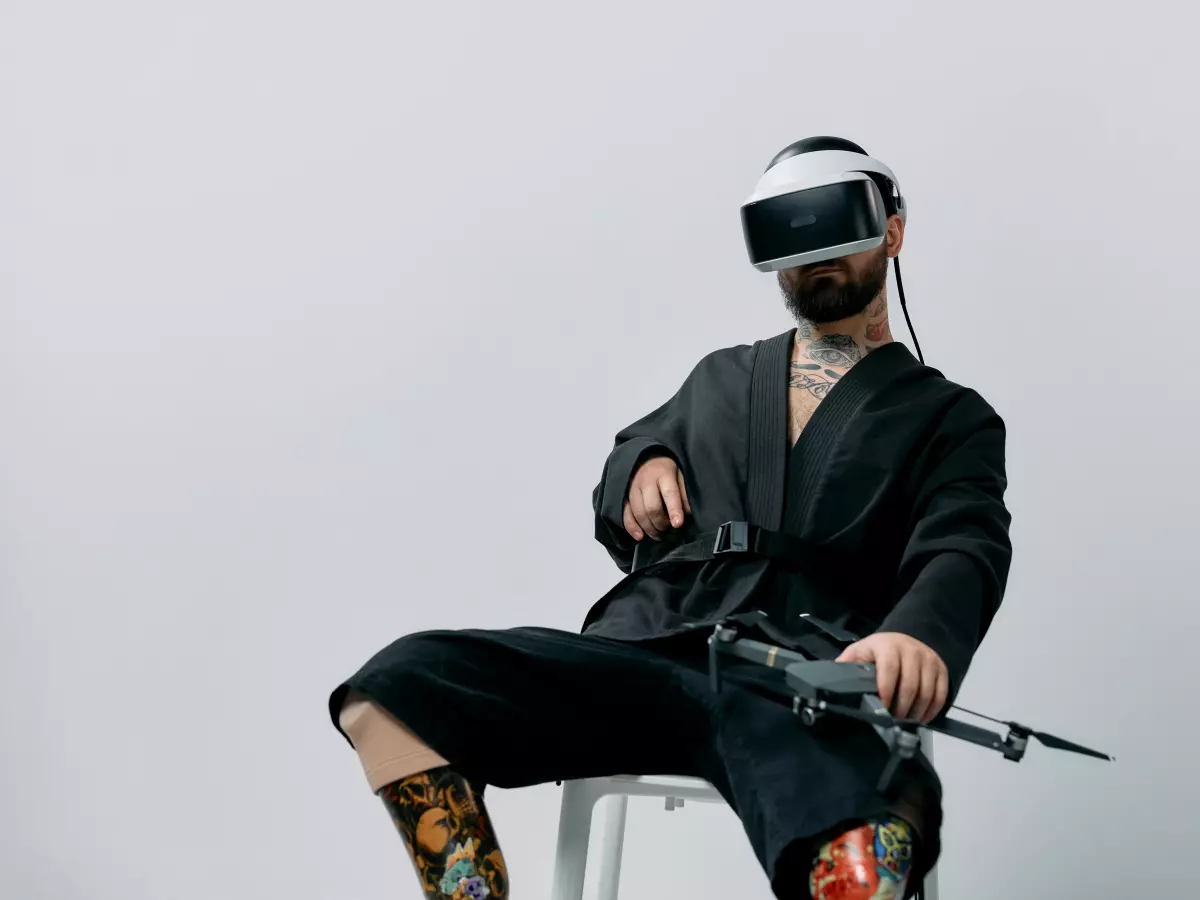Beyond AI
When you think about drone autonomy, your mind probably jumps straight to AI. But what if I told you that AI isn't the main player in the game of autonomous drones? There's a lot more going on under the hood, and it's not all about artificial intelligence. In fact, much of the magic happens thanks to something far less flashy but equally powerful: flight control software and sensor fusion.
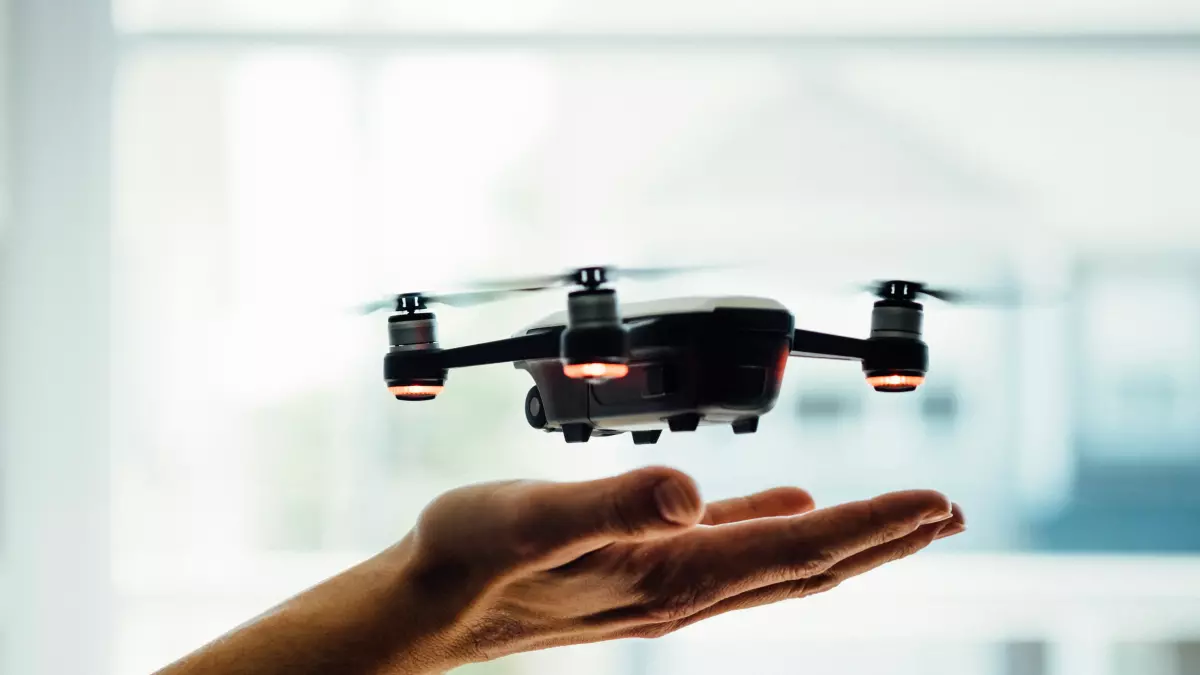
By Laura Mendes
Let's start with the basics. Drones, like any other flying object, need a way to stay in the air, navigate, and avoid obstacles. While AI might help with some of the decision-making, the real workhorse behind the scenes is the flight control software. This software is responsible for everything from stabilizing the drone to ensuring it follows a specific flight path. It's like the drone's brain, constantly making micro-adjustments to keep everything running smoothly.
But flight control software doesn't work alone. Enter sensor fusion. This is where things get really interesting. Drones are equipped with a variety of sensors—gyroscopes, accelerometers, GPS, cameras, and more. Each of these sensors provides a different type of data, but on their own, they're not enough to give the drone a full picture of its environment. That's where sensor fusion comes in. It takes all of this data and combines it into a single, cohesive view of the world, allowing the drone to make better decisions.
So, how does this all work together to create autonomy? Well, the flight control software uses the data from the sensor fusion to make real-time decisions. For example, if the drone's GPS says it's drifting off course, the flight control software will adjust the drone's motors to bring it back on track. If the accelerometer detects turbulence, the software will compensate to keep the drone stable. And if the camera spots an obstacle, the software will figure out how to avoid it. All of this happens without any human intervention, and often without the need for AI.
Now, don't get me wrong—AI is still a big part of the future of drone autonomy. But right now, the combination of flight control software and sensor fusion is doing most of the heavy lifting. In fact, many drones on the market today are fully autonomous without relying on AI at all. They can take off, fly, and land entirely on their own, thanks to the sophisticated systems that are already in place.
So, the next time you see a drone zipping through the sky, remember that it's not just AI making it all happen. There's a whole world of technology working behind the scenes, from flight control software to sensor fusion, ensuring that the drone can fly safely and autonomously.
Is AI Overrated in Drone Autonomy?
Now that we've peeled back the curtain on how drones achieve autonomy, it begs the question: is AI really necessary for drones to be autonomous? Or are we giving it too much credit? While AI can certainly enhance a drone's capabilities, especially when it comes to more complex tasks like object recognition or advanced decision-making, it's not the only path to autonomy.
In fact, many of the most advanced drones today rely more on their flight control software and sensor fusion than on AI. These systems are incredibly efficient at handling the basic tasks of flying, navigating, and avoiding obstacles. And because they're so reliable, they allow drones to operate autonomously in a wide range of environments without the need for AI.
So, while AI might be the future of drone autonomy, it's not the only solution. In many cases, the combination of flight control software and sensor fusion is more than enough to get the job done. And as these systems continue to improve, we may find that AI becomes less of a necessity and more of an optional upgrade.
What do you think? Is AI overrated when it comes to drone autonomy, or is it still the key to unlocking the full potential of autonomous drones?
